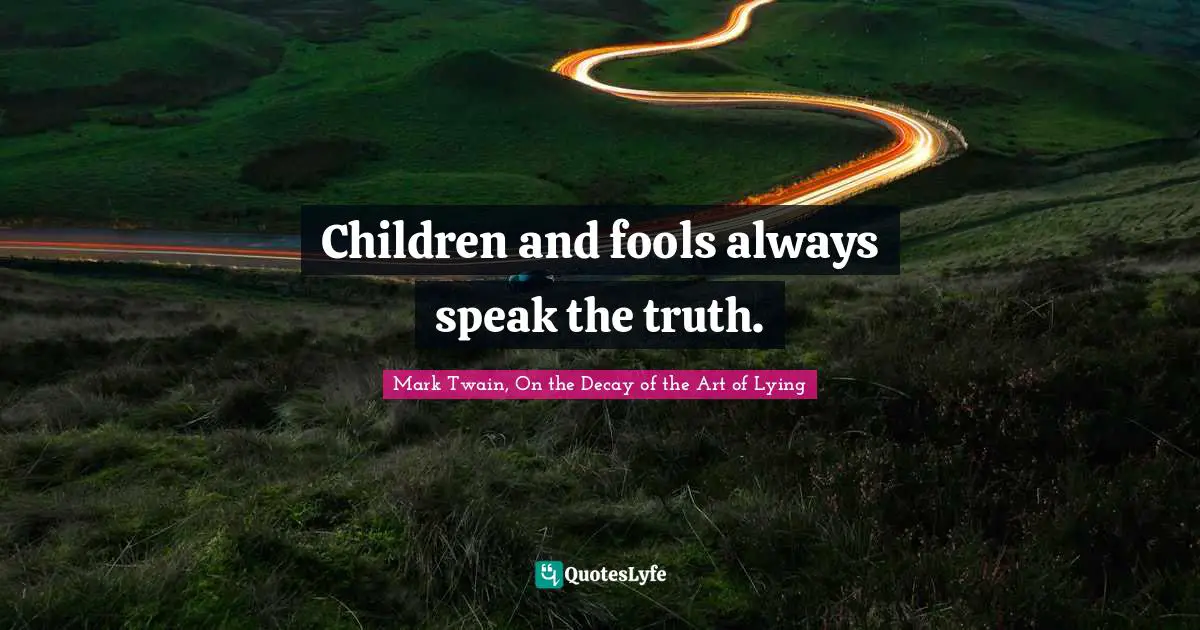
Yet, lying obviously has a negative connotation, so why should one even bother denying that? Would you introduce a pathological liar who happens to be a friend of yours as “Hey, this is my friend Dean the Liar”? No, you would not because lying is looked down upon and people who are liars are ostracized. Even within slang and the legal jurisdiction, the word “snake” is considered a negative title. The Aesop fable, The Boy Who Cried Wolf, also displays lying as something that is not positive. In Shakespearian plays, especially in The Tragedy of Othello, The Moor of Venice, the main villain, Iago, is a sinister, conniving, and deceitful character who betrays Othello’s trust by maintaining his reputation of honesty. In Greek mythology, snakes are often coupled with malicious antagonists, like the 9-headed Hydra and Medusa. The snake is made infamous in the Bible when it deceives Adam and Eve. In literature, liars are characterized as low and unworthy people and have been closely associated with animals such as snakes. The entire essay is satirical how can lying be an art form? Traditionally, lying has been considered to be evil and deceitful. Satire is a literary device that is used to criticize a social institution or convention with the hope of reforming it for the better.

Perhaps the most obvious literary device used in Mark Twain’s essay is satire. A very fine writer indeed, Twain uses satire, metaphors, wit, verbal irony, sarcasm, and narrative in such a subtle and beautiful way that it seeps into the subconscious without disturbing the conscious in any way. Twain’s complex and literature stands out.


In his essay, “On the Decay of the Art of Lying,” Mark Twain utilizes literary devices to add a layer of creativity and originality that allows for a more enjoyable, different, and fuller kind of read.


 0 kommentar(er)
0 kommentar(er)
